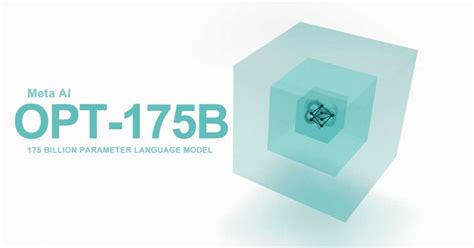The recent update to iTerm2, version 3.5.1, marks a significant shift in how new AI features are presented to users. This release has led to spirited debates across the developer community about the appropriateness of integrating AI functionalities into core developer tools. While AI capabilities can transform productivity and efficiency, the risks associated with privacy and data security cannot be understated. The decision to make AI integration a strict opt-in feature in iTerm2 is a prudent move, especially for enterprise users who must adhere to stringent data policies.
The conversation around AI integration in developer tools like iTerm2 has polarized opinions. On one hand, there are arguments about the seamless enhancement of productivity. Imagine querying a local AI model for concise shell commands instead of wading through convoluted documentation. For instance, a typical usage of such a feature could be to type: find . -name “*.pdf” -size +10M into a terminal, and get an instant, accurate result. However, on the other side of the debate are serious concerns regarding privacy and data security, particularly in environments with strict compliance rules.
Users have expressed frustration with software that integrates AI capabilities by default. The sentiment spark an ardent consensus among many: any form of intelligent feature should be an opt-in rather than opt-out. Coldtea, a user in the discussion, eloquently encapsulates this by stating, ‘all that crap (AI integration, “Adobe Cloud” integration, and so on) should be not just opt-in, but also invisible once switched off.’ This sentiment echoes a broader demand for user autonomy and avoidance of intrusive updates or features that could compromise user data or cause disruptions in workflow.
iTerm2’s developer, George Nachman, faced significant backlash for initially including AI functionalities in the terminal’s main build, albeit opt-in. Some critics argued that even the presence of these features in the installation package posed potential risks. They underscored that corporate environments where stringent data handling protocols govern, could see entire software tools banned if they present any potential for unregulated data leakage. Thus, while an API key and explicit user action were necessary to use the AI features, the demand for a more secure, segregated implementation was pronounced.
However, the criticism wasn’t entirely without merit. Within corporate settings, the introduction of features that can potentially route sensitive data to external servers, no matter how secure, can lead IT teams to block software until more controllable and verifiable integrations are in place. The dichotomy here is clear. Enterprises want innovation but not at the cost of security. Developers of open-source tools face the tumultuous task of balancing innovation with the stringent demands of their user base. This balance is aptly described by rincebrain who highlights, ‘Companies take “we might make an external call with your data” very seriously, and regardless of how much you trust the external entity, adding that in is rightfully seen as a very serious concern in some environments.’
This balancing act is not new and has historical precedents. The introduction of telemetry and cloud integration features by major software companies like Microsoft, Apple, and Adobe has often sparked similar reactions. Users argue for the right to use software without having ancillary features that could potentially harvest data for unintended uses. Nachman’s response to the backlash—modifying iTerm2 to ensure AI integration is opt-in, has been seen by many as a necessary step to align more closely with community expectations and enterprise requirements. The ongoing dialogue reveals the dynamic nature of community-driven software development and the complex interplay of trust and transparency.
From another angle, some users pointed out the undue harshness directed at open-source contributors who receive little to no financial backing. As teruakohatu compassionately noted, ‘I feel for the developers who work for free on an open-source project but got a lot of criticism and hate for introducing an optional feature.’ This raises important questions about how much input non-contributing users should have in the development roadmap of free software. Professional software developers in corporate settings, as well as hobbyists, frequently rely on such tools, and it’s crucial that their feedback leads to constructive outcomes rather than burnout and withdrawal from project maintainers.
Looking forward, it is crucial that open-source communities foster environments where feedback can be constructively integrated into development processes. This episode with iTerm2 opens a wider conversation about the governance of open-source projects and the collaboration between maintainers and users to innovate securely. For example, projects like iTerm2 can benefit from formalizing processes where security implications of new features are evaluated rigorously, user autonomy is respected, and developers feel appreciated rather than attacked.
In conclusion, the shift in iTerm2’s approach to AI integration is a testament to the software’s responsiveness to user needs and concerns. It reflects broader themes within the open-source community about managing privacy, enhancing functionality, and maintaining trust. It reaffirms the importance of maintaining a user-first approach in software development, particularly in open-source projects where collaboration and feedback are fundamental. While the debate over AI in developer tools is far from over, iTerm2’s recent changes set a constructive precedent for navigating these discussions and implementing practical solutions.


Leave a Reply